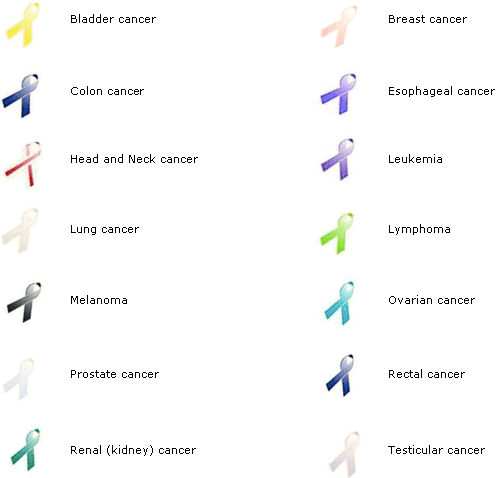Source(google.com)
Kidney Disorders Biography
Unfortunately, however, millions of Americans are not getting enough of this so-called "sunshine" vitamin. Now it turns out that one group in particular is almost universally lacking in vitamin D. According to a study slated for publication in an upcoming issue of the Clinical Journal of the American Society Nephrology (CJASN), kidney disease patients who have low blood protein levels and who start dialysis during the winter are at extremely high risk of being seriously deficient in vitamin D.
Ishir Bhan, MD, of Massachusetts General Hospital, and his research team studied data from 908 U.S. dialysis patients in the Accelerated Mortality on Renal Replacement (ArMORR) cohort. The scientists' goal was to investigate routinely measured clinical and demographic characteristics to see if they could figure out which patients with end-stage renal disease (ESRD) on dialysis are at increased risk for vitamin D deficiency.
The results showed that 79% of the patients in the study were vitamin D deficient. The strongest predictors of a lack of vitamin D were being African-American, female, the winter season, and low blood levels of the protein albumin. In fact, when all these factors came together, the result was that every single kidney disease patient was deficit in vitamin D.
Specifically, the researchers found that if black dialysis patients had low blood albumin levels during the winter season, the likelihood they would be vitamin D deficient increased from 90% to 100% for women and from 85% to 100% for men. Their white counterparts fared only slightly better, with their risk of vitamin D deficiency rising from 82% to 94% in women and from 66% to 92% in males.
"This research identifies risk factors for nutritional vitamin D deficiency in the dialysis population and may provide clues to its biology in this population," Dr. Bhan said in a statement to the media.
So what is going on here that makes ESRD patients on dialysis so vulnerable to vitamin D deficiency? The scientists pointed out in their media statement that although previous studies have suggested that patients on dialysis have an impaired ability to generate vitamin D when they are exposed to adequate sunlight, their study indicates that skin-based production of vitamin D is likely to be important in patients with ESRD.
Although the researchers did not discuss the issue in their paper, their findings raise a which-came-first type issue. Is it possible vitamin D is at least part of the cause of serious kidney disease, and not merely a byproduct of the illness? With a growing number of chronic and serious illnesses -- including heart disease









Kidney Disorders Biography
Unfortunately, however, millions of Americans are not getting enough of this so-called "sunshine" vitamin. Now it turns out that one group in particular is almost universally lacking in vitamin D. According to a study slated for publication in an upcoming issue of the Clinical Journal of the American Society Nephrology (CJASN), kidney disease patients who have low blood protein levels and who start dialysis during the winter are at extremely high risk of being seriously deficient in vitamin D.
Ishir Bhan, MD, of Massachusetts General Hospital, and his research team studied data from 908 U.S. dialysis patients in the Accelerated Mortality on Renal Replacement (ArMORR) cohort. The scientists' goal was to investigate routinely measured clinical and demographic characteristics to see if they could figure out which patients with end-stage renal disease (ESRD) on dialysis are at increased risk for vitamin D deficiency.
The results showed that 79% of the patients in the study were vitamin D deficient. The strongest predictors of a lack of vitamin D were being African-American, female, the winter season, and low blood levels of the protein albumin. In fact, when all these factors came together, the result was that every single kidney disease patient was deficit in vitamin D.
Specifically, the researchers found that if black dialysis patients had low blood albumin levels during the winter season, the likelihood they would be vitamin D deficient increased from 90% to 100% for women and from 85% to 100% for men. Their white counterparts fared only slightly better, with their risk of vitamin D deficiency rising from 82% to 94% in women and from 66% to 92% in males.
"This research identifies risk factors for nutritional vitamin D deficiency in the dialysis population and may provide clues to its biology in this population," Dr. Bhan said in a statement to the media.
So what is going on here that makes ESRD patients on dialysis so vulnerable to vitamin D deficiency? The scientists pointed out in their media statement that although previous studies have suggested that patients on dialysis have an impaired ability to generate vitamin D when they are exposed to adequate sunlight, their study indicates that skin-based production of vitamin D is likely to be important in patients with ESRD.
Although the researchers did not discuss the issue in their paper, their findings raise a which-came-first type issue. Is it possible vitamin D is at least part of the cause of serious kidney disease, and not merely a byproduct of the illness? With a growing number of chronic and serious illnesses -- including heart disease
Kidney Disorders
Kidney Disorders
Kidney Disorders
Kidney Disorders
Kidney Disorders
Kidney Disorders
Kidney Disorders
Kidney Disorders
Kidney Disorders
Kidney Disorders






